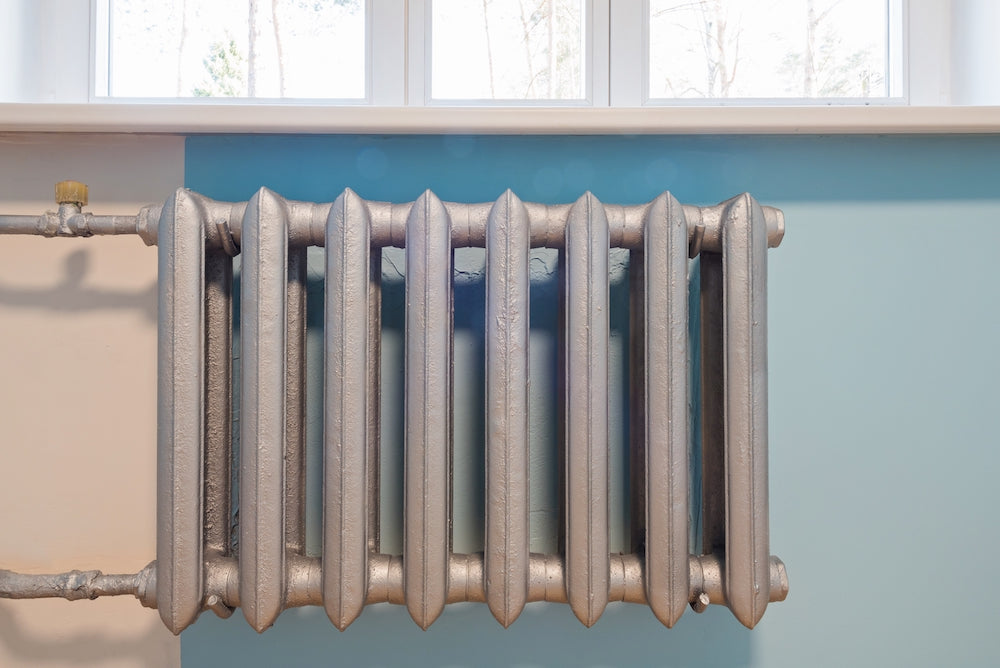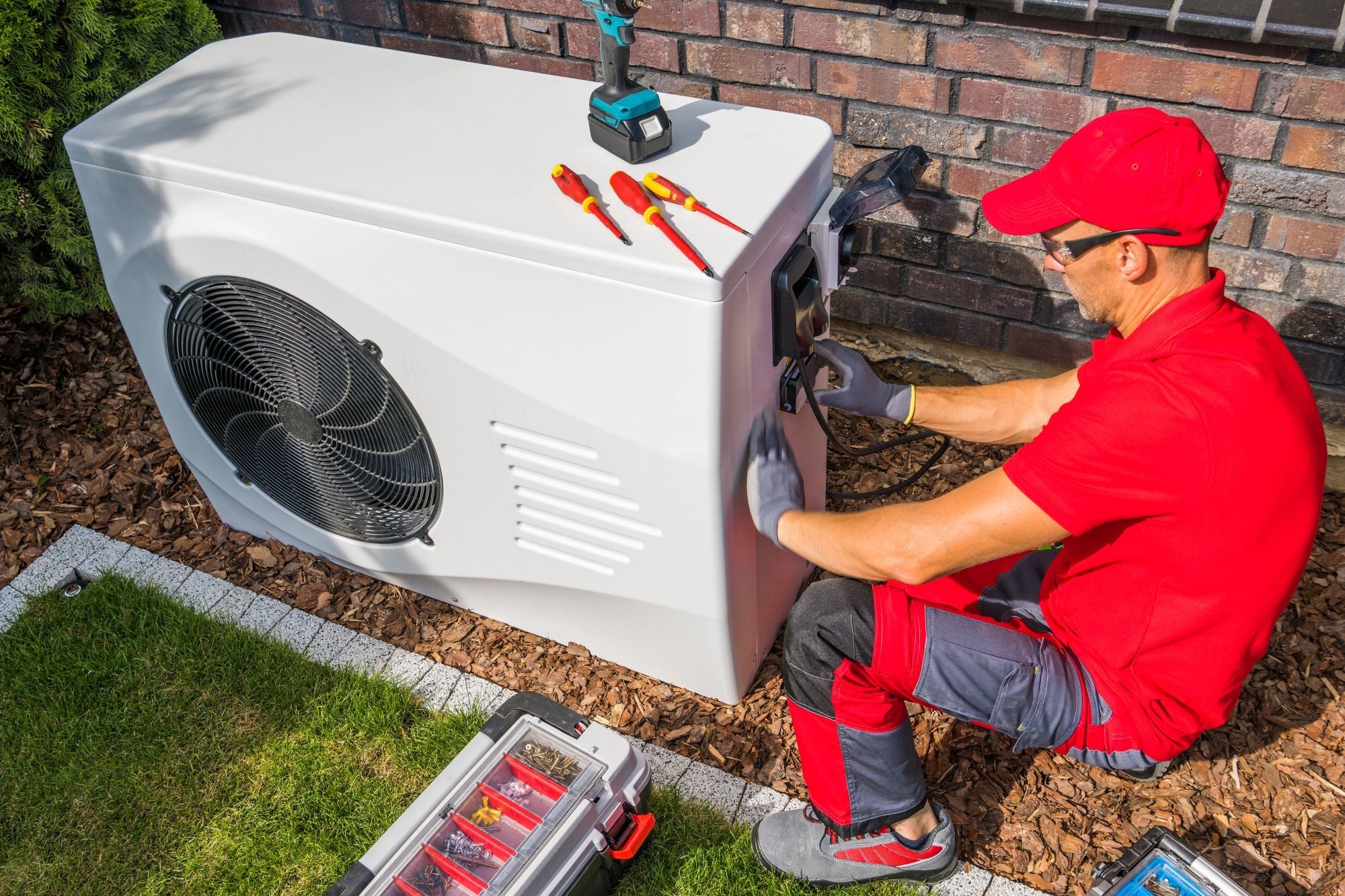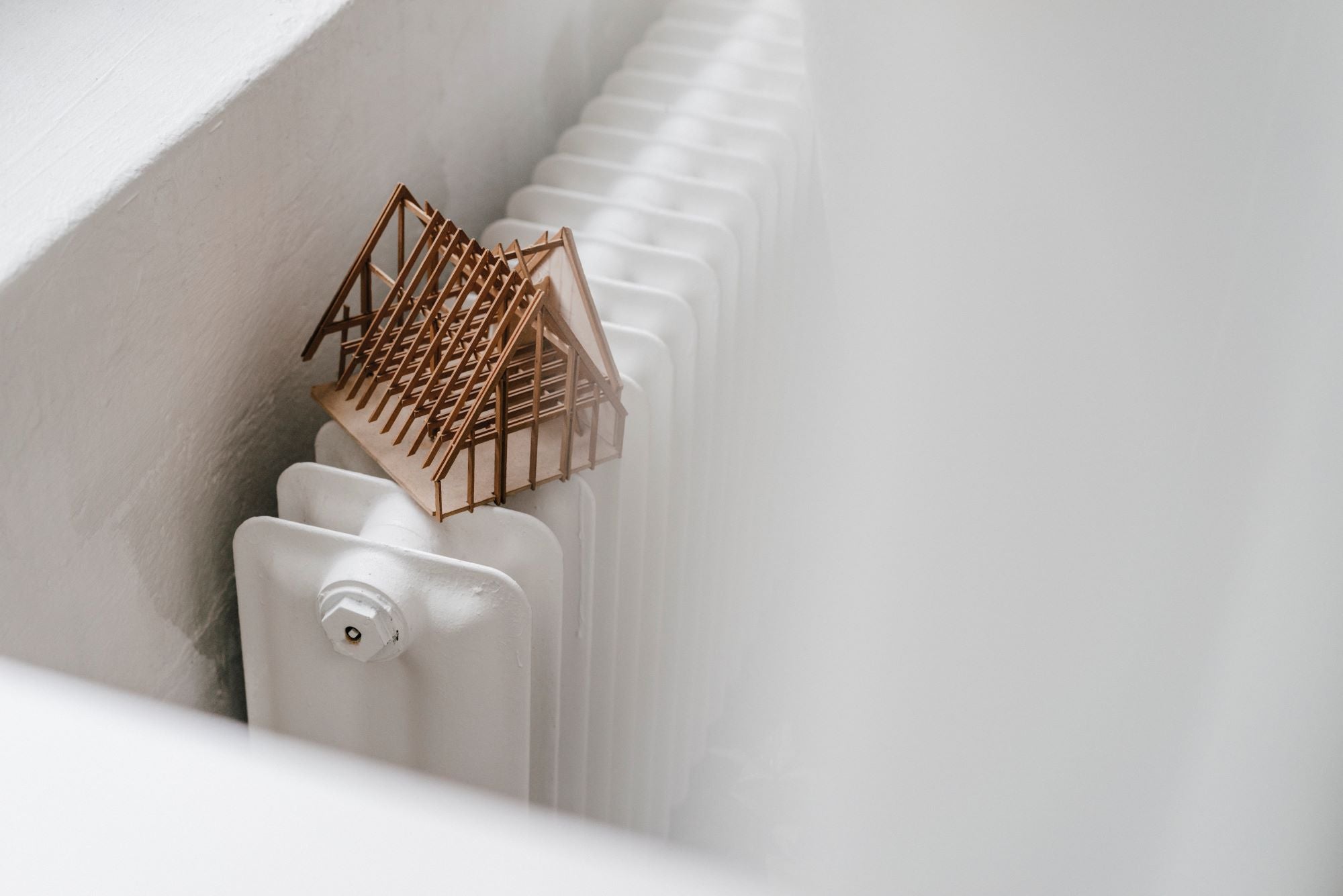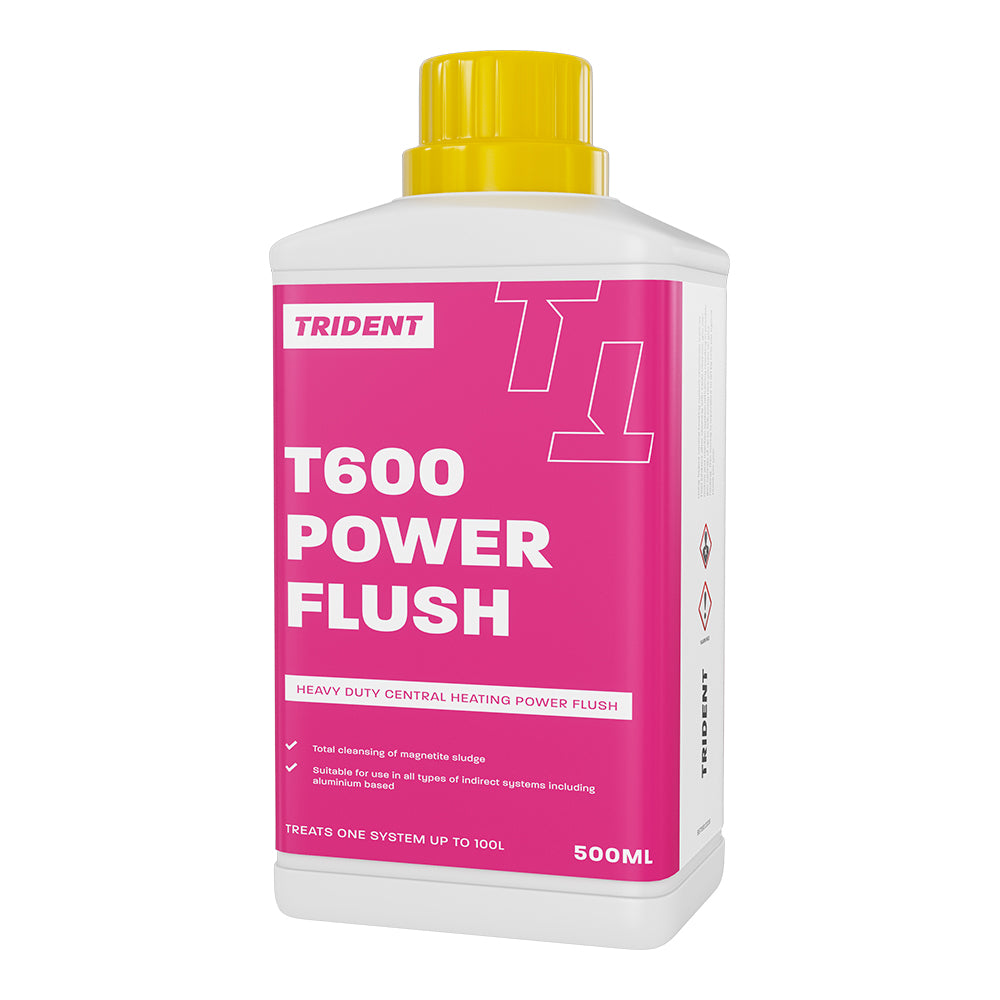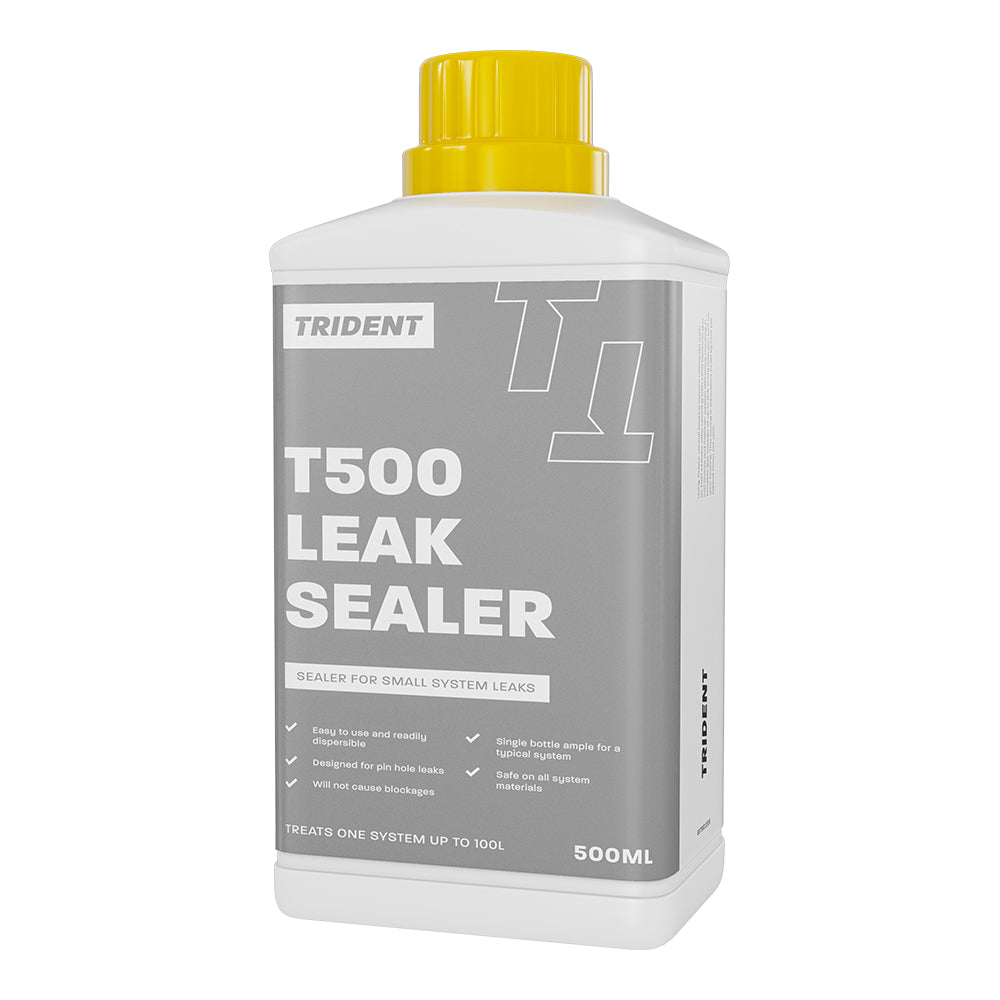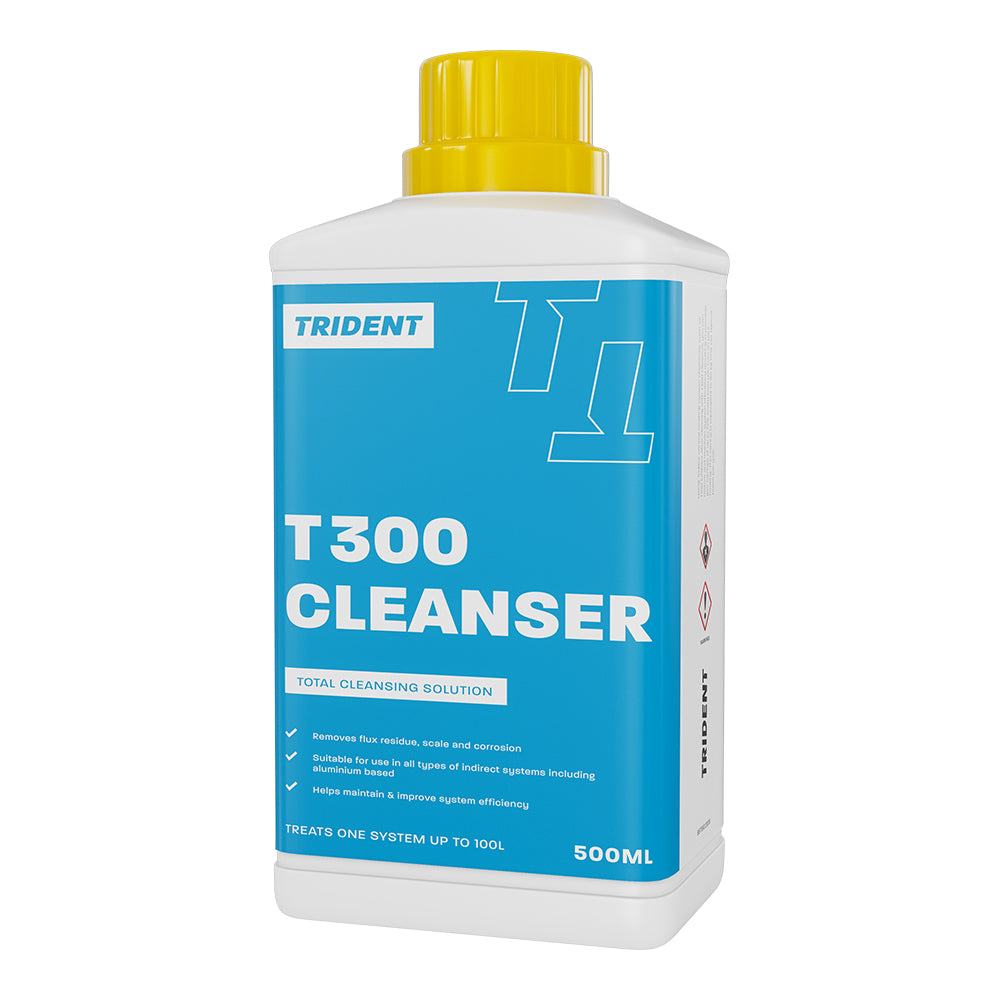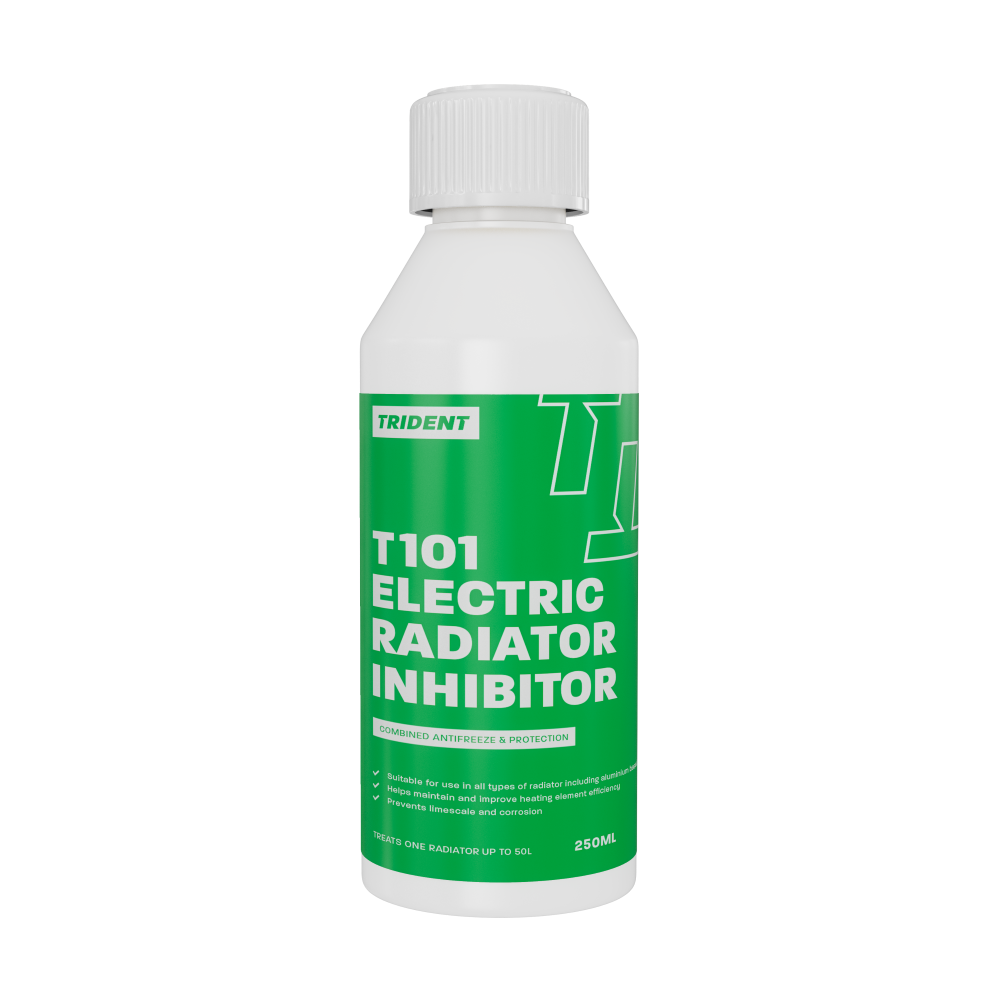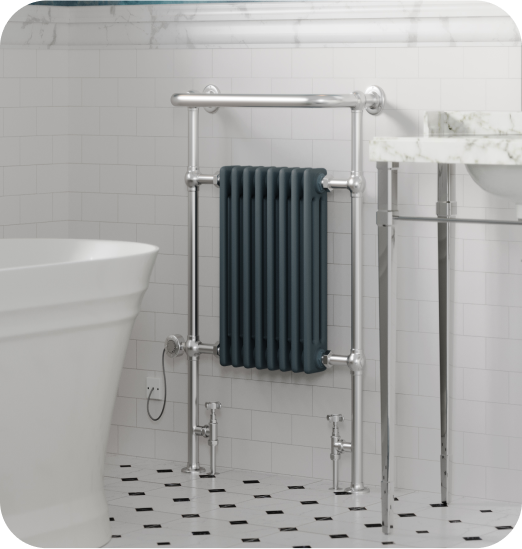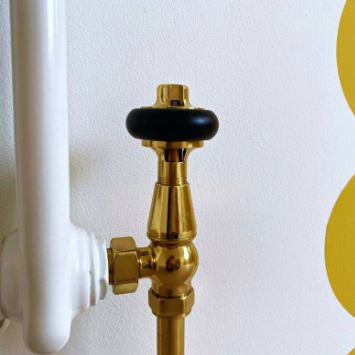
How To Fix Common Radiator Valve Problems
How Do Radiator Valves Work?
First, let’s jump into the basics and how each radiator works to understand why your valves might not be working. Solving your radiator valve problems depends on the type of valve you have installed. These are the main types of radiator valves:- Thermostatic radiator valves. These valves are more of a modern version of typical manual valves. They include mechanisms that either use liquid or wax to shut off the flow of hot water to individual radiators when your room has been warmed to the set temperature. They're essentially like having a mini boiler thermostat control in each room!
- Manual valves. Manual valves are more of the standardised version of thermostatic radiator valves and are installed on older heating systems. They’re typically used when a radiator is positioned in the same room as your boiler control thermostat.
- Lockshield valves. Now, this valve is one of the most important parts of your heating system. Every radiator must have one, especially the rooms furthest away from your boiler. These bad boys ensure these rooms are warmed up despite the distance.






